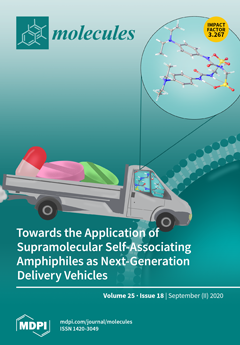Metabolic syndrome (MetS) components are strongly associated with increased risk of non-alcoholic fatty liver disease (NAFLD) development. Several studies have supported that resveratrol is associated with anti-inflammatory and antioxidant effects on health status. The main objective of this study was to assess the putative associations between some urinary resveratrol phase II metabolites, cardiometabolic, and liver markers in individuals diagnosed with MetS. In this cross-sectional study, 266 participants from PREDIMED Plus study (PREvención con DIeta MEDiterránea) were divided into tertiles of total urinary resveratrol phase II metabolites (sum of five resveratrol conjugation metabolites). Urinary resveratrol metabolites were analyzed by ultra- performance liquid chromatography coupled to triple quadrupole mass spectrometry (UPLC-Q-q-Q MS), followed by micro-solid phase extraction (µ-SPE) method. Liver function markers were assessed using serum levels of aspartate aminotransferase (AST), alanine aminotransferase (ALT), and gamma-glutamyl transferase (GGT). Moreover, lipid profile was measured by triglycerides, very-low-density lipoprotein cholesterol (VLDL-c), and total cholesterol/high-density lipoprotein ratio (total cholesterol/HDL). Linear regression adjusted models showed that participants with higher total urine resveratrol concentrations exhibited improved lipid and liver markers compared to the lowest tertile. For lipid determinations: log triglycerides (β
T3= −0.15, 95% CI; −0.28, −0.02,
p-trend = 0.030), VLDL-c, (β
T3= −4.21, 95% CI; −7.97, −0.46,
p-trend = 0.039), total cholesterol/HDL ratio Moreover, (β
T3= −0.35, 95% CI; −0.66, −0.03,
p-trend = 0.241). For liver enzymes: log AST (β
T3= −0.12, 95% CI; −0.22, −0.02,
p-trend = 0.011, and log GGT (β
T3= −0.24, 95% CI; −0.42, −0.06,
p-trend = 0.002). However, there is no difference found on glucose variables between groups. To investigate the risk of elevated serum liver markers, flexible regression models indicated that total urine resveratrol metabolites were associated with a lower risk of higher ALT (169.2 to 1314.3 nmol/g creatinine), AST (599.9 to 893.8 nmol/g creatinine), and GGT levels (169.2 to 893.8 nmol/g creatinine). These results suggested that higher urinary concentrations of some resveratrol metabolites might be associated with better lipid profile and hepatic serum enzymes. Moreover, urinary resveratrol excreted showed a reduced odds ratio for higher liver enzymes, which are linked to NAFLD.
Full article


